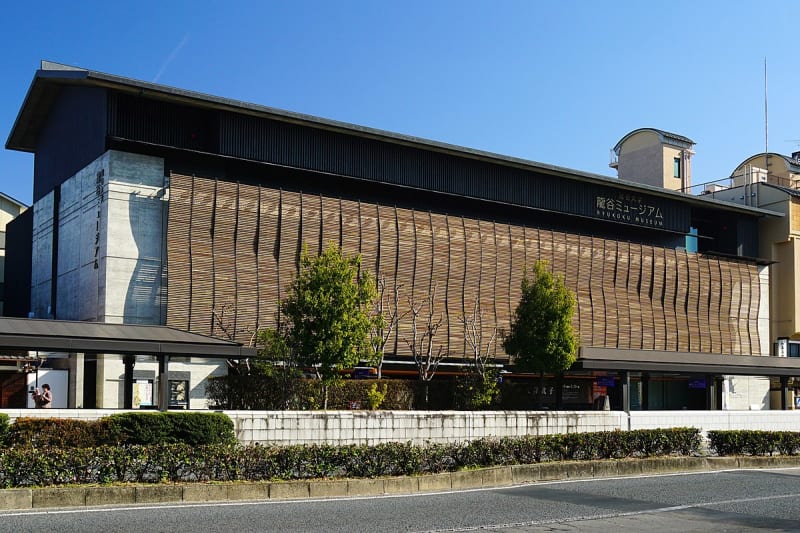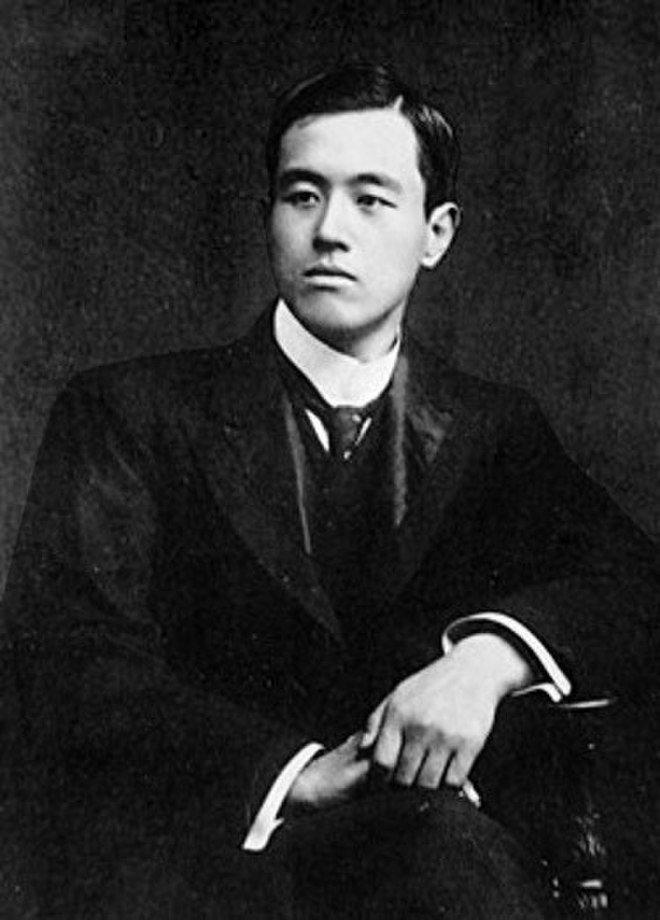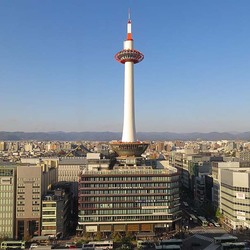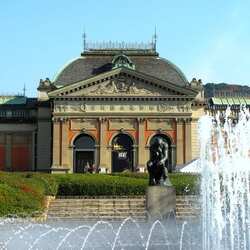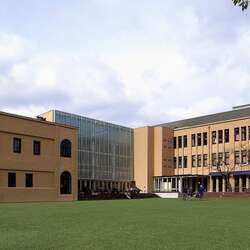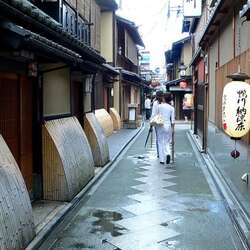Ryukoku Museum
The Ryukoku Museum is located in the ancient capital of Japan, Kyoto, where tourists have the opportunity to learn about the history of Buddhism from its appearance in India to the present day. Special attention is paid to the spread of religion in Japan. The ultramodern building houses many religious artifacts attesting to various historical events, culture, and spiritual practices of Buddhists. The museum has been operating since 2011.
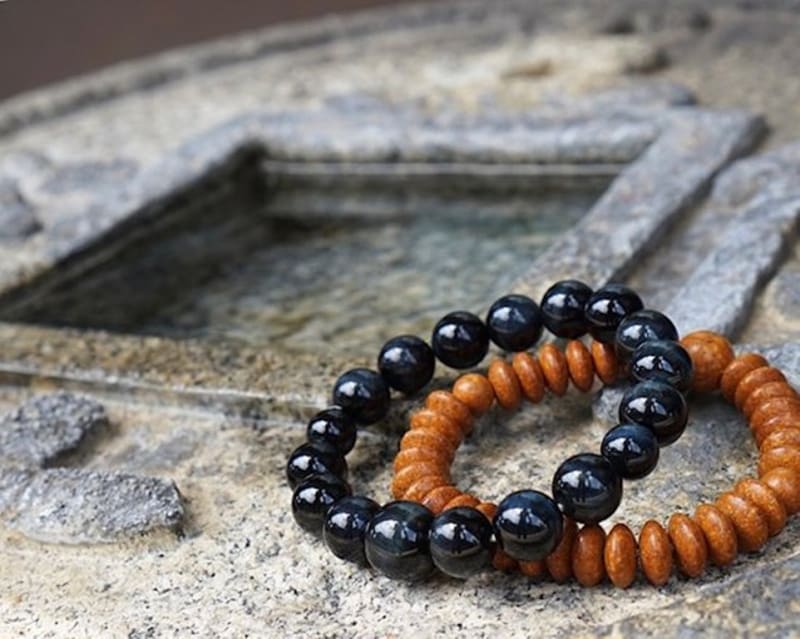
Architecture features
The Ryukoku Museum was built next to the 17th-century Buddhist temple of Nishi Honganji, and Ryukoku University, after which the museum was named, is located nearby. Despite the fact that the museum is dedicated to more than two thousand years of religion, the building looks quite modern. The famous architectural company Nikken Sekkei has successfully combined ancient Japanese traditions and modern convenience and comfort for visitors in one project.
Unique solutions were used to achieve this. For example, 4,000 ceramic blinds on the front wall not only regulate the temperature inside the building, but also give it a characteristic oriental flavor. The interior of the Ryukoku Museum is dominated by glass and wood. There is a courtyard where you can admire the elements of landscape design, as well as exhibits in the form of small architectural forms. The building has everything for the convenience of people with limited mobility.
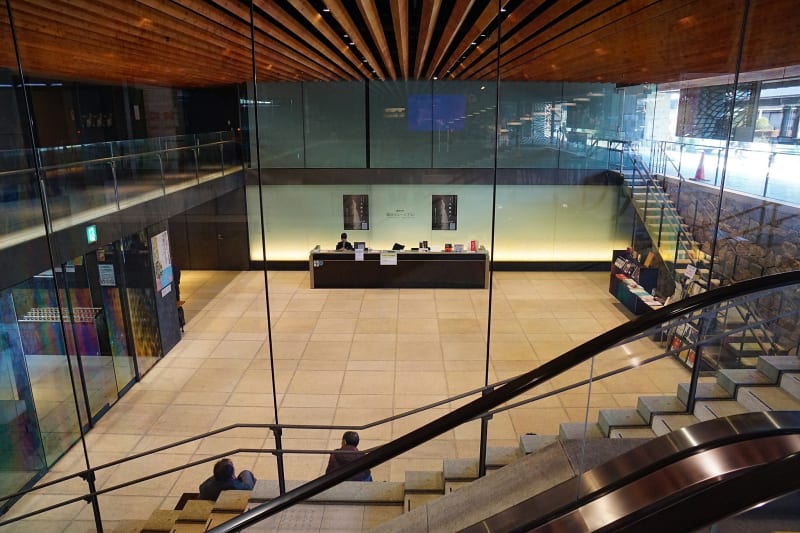
The exposition of the Ryukoku Museum
It is best to start exploring Buddhism with the exhibition "Asian Buddhism". Here you can find out how religious teaching appeared first in India and then spread throughout Asia. This section presents the most ancient artifacts. The image of the "Robe of Death" dates from the 1st-2nd century, the "Sitting Avalokiteshvara" - VII-VIII, texts of the Tang era in China - the end of the 9th century.
The Japanese Buddhism section of the Ryukoku Museum presents artifacts attesting to the emergence and strengthening of religion in Japan. These are the legends of the Muromachi era of the 14th century, the Descent of Amida of the 15th century, the Standing Daikoku-ten of the 16th century.
The Otani Kozui Collection (1876-1948)
He is a well-known Japanese researcher and sponsor of expeditions to study Buddhism. He organized three major expeditions, during which he studied the development of Buddhism in China, Kazakhstan, Russia, Nepal and India. During his travels, he collected a lot of archaeological and written evidence of the advancement of religion to the east. His findings are still of undoubted value to researchers today. The collection of artifacts is so extensive that it is located not only in Japanese museums, but also in scientific institutions in China and Korea. The collection of Chinese porcelain collected by the scientist is of great value.
Ryukoku University
The Ryukoku Museum occupies 4 floors, its area is 4,441.93 square meters. The exposition related to Ryukoku University is of great interest. The educational institution was founded in 1639, initially it operated as a school for Buddhist monks, and only in 1887 it became secular. The texts of Buddhist monks and priests of the XII century, letters of the IV century, songs of Maneshu, drawings used in the construction of Ryukoku University and dormitories are presented here.
If we talk about the frescoes from the Bezeklik cave temples, those who wish, thanks to modern digital technologies, can find themselves in medieval China and see a fragment of 9 unique cave monastery murals. The corridor, about 15 meters long and 3.5 meters high, is an exact digital replica of Cave No. 15.
